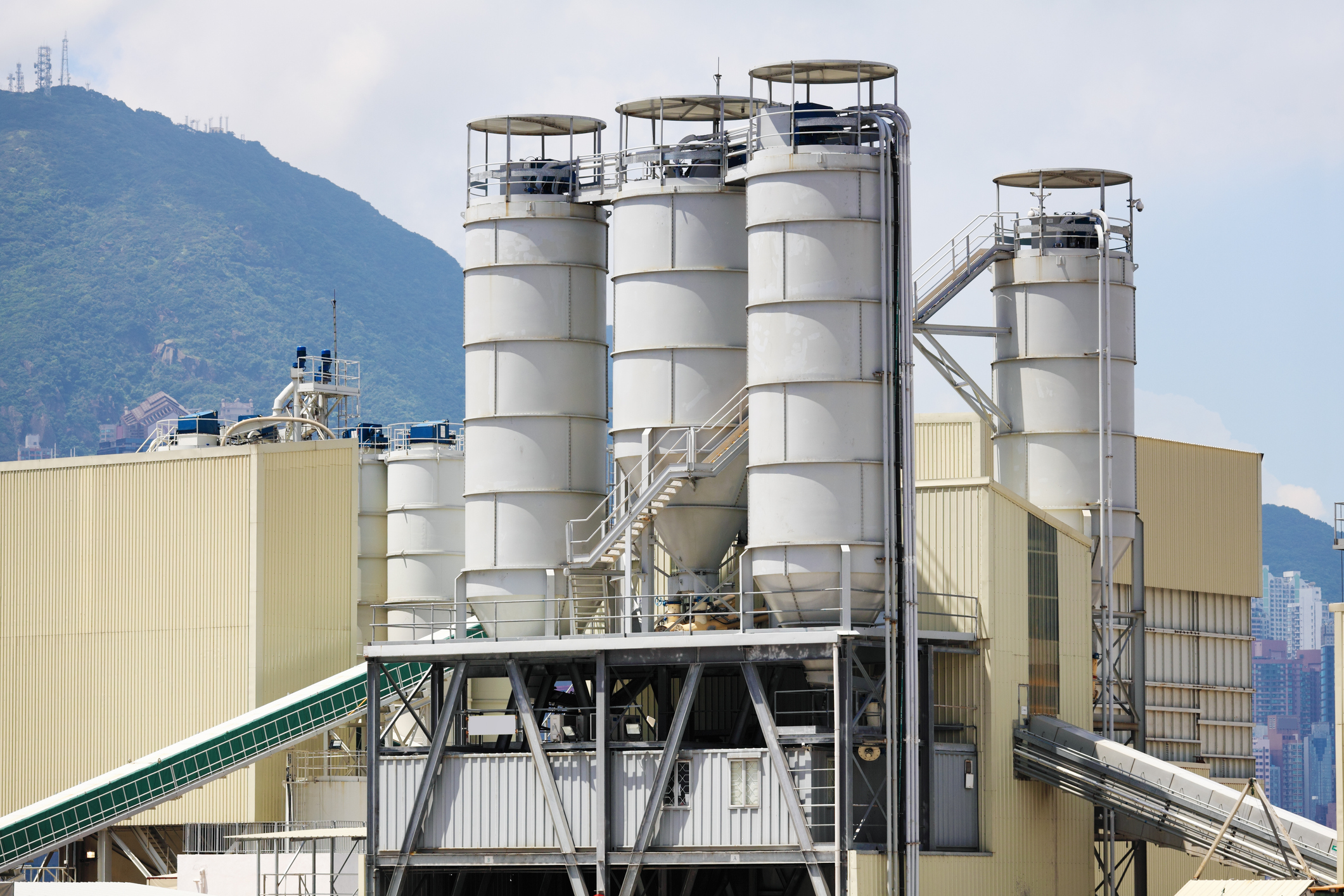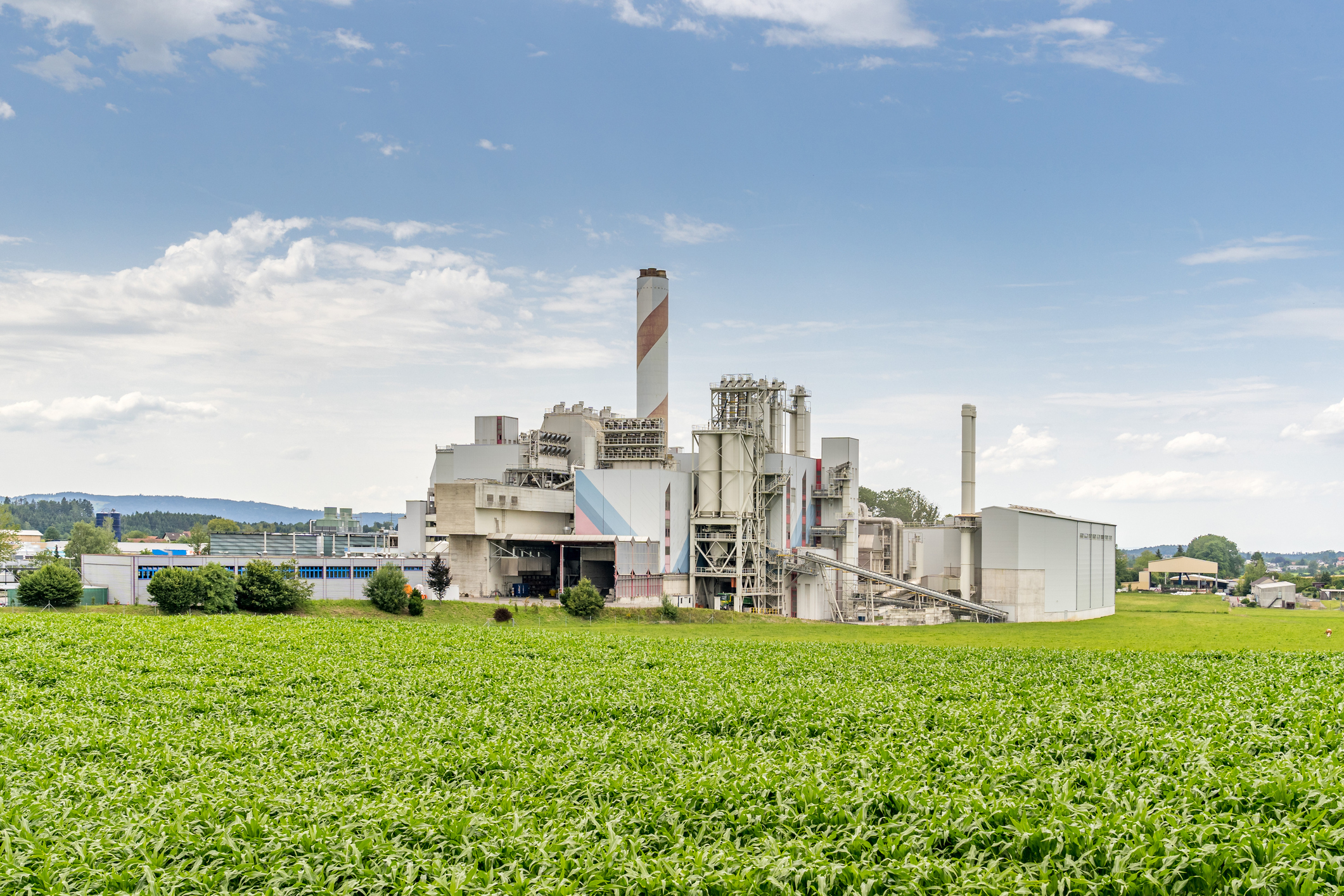As great as it can be for construction, concrete often comes with a hefty carbon footprint. However, if you saw our post on low-carbon concrete, you know that it doesn’t always have to be that way. After all, more companies are coming out with mix designs that reduce the carbon emissions from concrete.
That’s not all either! Just recently, the Portland Cement Association (PCA) announced their plan to develop a roadmap to carbon neutrality by the end of 2021.
Like many in the construction industry, the PCA knows that it’s critical to continually increase the sustainability of concrete. It’s one of the most affordable and durable materials capable of withstanding safety concerns like fire and mold. Without it, construction could become just that much more costly.
That’s what makes low-carbon concrete and similar green practices so important. With them, we can continue using one of the better building materials available while mitigating the impact it has on the environment.
Already helping out with this cause? Whether you’re considering low-carbon concrete or already practicing other green methods, there are still more ways to lower your concrete carbon footprint. And here, we’ll walk you through four of them.
1. Reduce the Amount of Cement You Need
To start, you might as well first look at the ingredients of your concrete mix. After all, there’s a reason that concrete is considered to be a major contributor of carbon. And that’s mainly due to one particular material found in its mix: cement. For every metric ton of cement produced, about another metric ton of CO2 is released into the atmosphere. So a great way to reduce the carbon in your concrete is to reduce the amount of cement it needs.
When Planning Out Your Concrete Mix, You Can Apply These Cement Reduction Tips
There are a number of ways to reduce the cement in your concrete mix.
One method you could try involves avoiding the use of small aggregate unless necessary. That means using well-graded aggregates and keeping your maximum aggregate size to at least 20 mm (0.79 in). Why? Well, together, cement and water form a paste that fills the void between aggregates. It’s what makes concrete workable without losing form. And if there are larger, well-graded aggregates within the concrete mix, there are fewer voids to fill with paste. That reduces the amount of cement in the mixture. This not only in turn lowers the concrete’s carbon footprint, but it also reduces concrete shrinkage as well as the cost of the concrete itself.
The Institution of Structural Engineers also suggests reducing cement by adding admixtures and additions into the mix. For example, water-reducing admixtures can help maintain the slump and strength of a concrete mix after reducing its cement content, making for the most efficient use of the remaining cement. And partial cement replacements, such as ground-granulated blast-furnace slag (itself a recycled product), can reduce the amount of cement needed and lower the overall carbon emission of a concrete mix.
Even If You Go for High-Strength Concrete, There’s Still a Way to Reduce Cement
When you need high-strength concrete, reducing cement might initially look more like a dilemma. You typically need an even bigger amount of cement to get more strength. However, this also leads to higher carbon emissions.
Still, there are ways around that. For certain structures, the use of high-strength concrete allows workers to construct concrete elements using thinner sections, reducing the total volume of concrete needed compared to normal-strength concrete.
2. Look for Concrete Technologies with No Volatile Organic Compounds
A less obvious way to reduce your concrete carbon footprint is to look for technologies that do not use volatile organic compounds (VOCs). While VOCs do not emit CO2 directly, they do require energy for their manufacturing and distribution. Even worse, they contribute to ground-level ozone, which is integral to creating smog. VOCs may also be harmful to workers if they are exposed to the fumes as that exposure can cause serious respiratory and cardiac symptoms.
In short, it’s best for both the environment and your worksite safety to find VOC-free technology.
That Can Give You Non-Toxic and Permanent Concrete Waterproofing
For instance, if you’re planning on waterproofing your concrete, consider going with our Krystol Internal Membrane™ (KIM®) concrete admixture. It offers a VOC-free, Smart Concrete® product that transforms your concrete into a waterproof barrier. That way, you save on the labor, time, and expense needed to install an external waterproofing membrane. In return, you have Krystol® technology dormant within your concrete structure that will last for the entirety of its life. So whenever it comes into contact with water, this technology will form insoluble crystals that will fill up concrete capillaries, pores, and micro-cracks. As a result, the concrete structure will be able to block out water ingress on its own.
It Can Also Provide You with Abrasion-Resistant Concrete
Concrete is more sustainable if it is durable and can stand the test of time. To protect concrete from damage due to abrasion and erosion, try our integral hardening admixture Hard-Cem®. It doesn’t take intensive effort to apply. Just add it to your concrete mix during batching. You’ll soon have concrete with better resistance to abrasive and erosive wear. You’ll also be able to reduce the need to replace your concrete, minimizing the need to add more cement to a project later down the road.
There’s an Opportunity to Make Use of Non-Toxic Concrete Repair Products as Well
We also offer a Krystol® Leak Repair System. That way, if your new or aging structure runs into any leaking cracks, penetrations, tie-holes, or defects, you can easily repair them with our VOC-free products. They use the same technology as our crystalline waterproofing admixture KIM. So you can expect a thorough waterproofing and repair treatment.
3. Apply Carbon Sequestration to Your Project
You could also use a less conventional method with carbon sequestration. While not as widespread just yet, it’s a process that offers you two great opportunities. With it, you could not only curb your project’s carbon emissions, but you could also reduce how much carbon other companies produce as well.
You’ll Need the Technology First
This might involve getting your company to create their own carbon capture plant. However, you could also partner with a concrete producer that makes use of this technology already.
Once that’s settled, the carbon is sourced from industrial emitters and converted into a mineral. That is then collected, purified, and distributed to concrete producers. The concrete producers then store the mineralized carbon in pressurized tanks until they’re ready to use it.
When ready, they’ll inject that carbon into a wet concrete mix. From there, the carbon will react to the calcium ions within the cement. This reaction will go on to produce calcium carbonate, which will remain within the concrete.
The Process Is Worth It for the Building and Environmental Benefits
It doesn’t even negatively affect the concrete’s properties. In fact, it gives the building material increased compressive strength while reducing the volume of cement it has. As a result, you get strong concrete for less carbon-intensive concrete and the ability to permanently take away some of the carbon emitted from industrial companies.
Photo by Des Moines Concrete Works
4. Build with a Carbon-Absorbing Type of Concrete
Of course, none of these previous methods take into account concrete’s own innate ability to absorb carbon. This isn’t a rapid process, however. Still, according to Scientific American, after some decades, there’s a chance that concrete could remove a significant portion of emissions that it put into the atmosphere. And researchers are working on methods to increase its ability to sequester carbon after it is placed.
Working with carbon-absorbing concrete alone may not be enough. As Scientific American noted in their 2018 article on cement producers, a combination of multiple carbon footprint reduction methods may produce better results. So whether or not you’re already using low-carbon concrete or one of the methods listed here already, consider what methods you haven’t tried. Think about how you can apply them. It can make your company that much greener and that much more prepared for a sustainable future.








